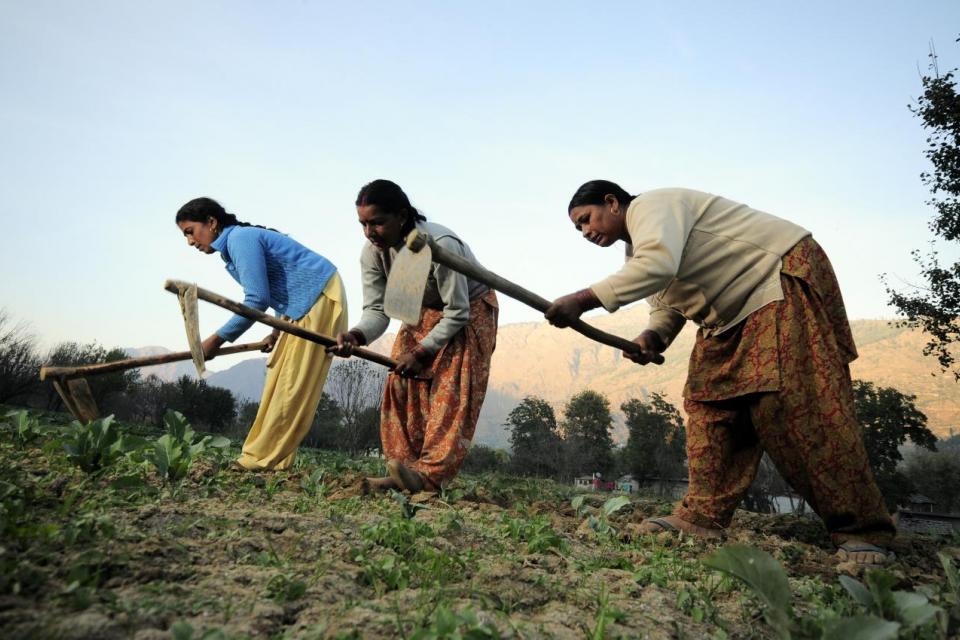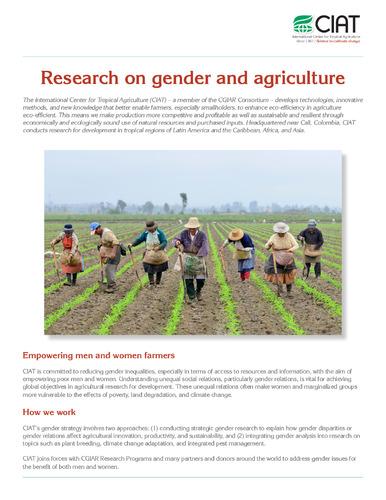Geospatial services and gender dynamics: findings of a study
 Photo: SERFOR, Peru/SERVIR
Photo: SERFOR, Peru/SERVIR
Geospatial services can benefit the people and the environment of the Amazon by supporting communities in monitoring their territories and addressing the various challenges they face, such as deforestation, illegal mining, climate change, and biodiversity loss.
Examining the gender dynamics in each country and local context is important to ensure that development processes and projects using geospatial services are inclusive and successfully reach and benefit women and men from different backgrounds. It is important to examine gender roles and differences in access to and control of resources and participation in decision-making processes as well as other aspects of social exclusion, for example those that may derive from ethnicity, age or class. Thus, SERVIR-Amazonia launched a study to synthesize the situation of women in the Amazon and the main challenges they face, and to generate ideas and recommendations on how geospatial projects and services can address issues of gender inequality and benefit women specifically .
The study, made possible thanks to the USAID Women’s Economic Empowerment funds of the White House of the United States, and coordinated by the SERVIR Global support team, analyzed the information obtained through three methodologies: i) revision of scientific and organizational literature; ii) interviews with key informants; iii) a survey of professionals working in organizations affiliated with SERVIR-Amazonia.
Vast territory, diverse population, similar challenges for women
Findings emphasize that the Amazon is a vast region with diverse populations. Thus, it cannot be assumed that the roles, challenges, and opportunities are the same for all women and men in the Amazon, across different groups or even within the same group. Similarly, the activities and livelihoods of Amazon people are varied and complex, presenting multiple challenges, especially for women from traditional and indigenous communities. Some of these challenges are related to the division of labor and gender roles, geographic isolation, machismo, violence, limited access to electricity, internet, health services and education, language barriers, the growing loss of traditional knowledge, lack of participation and leadership on the part of women, insufficient representation of women in technical jobs and careers, and lack of land rights.


